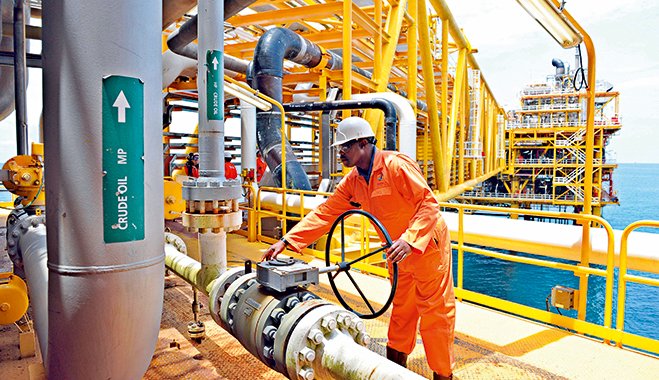
As pressure is mounting for countries to reduce carbon dioxide emissions, the government of Uganda has partnered with an investor to build a carbon-neutral refinery to meet the energy needs of the East African region.
Most of the natural gas resources in Africa remain untapped while the continent was also exploring ways of reducing emissions in the downstream sector.
According to Mckinsey and Company, Africa would require about $490 billion to unlock productivity for new energy generating capacity and an additional $345 billion for transmission and distribution.
Delegates from the African Refiners and Distributors Association (ARDA) holding a conference in Cape Town were told that the partnership between the US-based infrastructure development and financing company, YATTRA Ventures, and its consortium partners and the Ugandan government would see a greenfield oil refinery being built in Hoima district.
Chief executive of YATTRA Venture Raja Jandhyala said the refinery, at a cost of around $20 billion along the value chain, would have a capacity of producing about 60 000 barrels of oil per day.
The refinery would process crude oil from fields developed by TotalEnergies and China’s CNOOC and meet the energy needs of the East African countries and would not be exported.
Jandhyala said the project would also lead to economic development for Uganda and the East African region.
The Ugandan government has put in 40 % equity while the YATTRA Ventures had invested 60 %.
She said Uganda was estimated to have 6.5 billion barrels of oil deposits with an estimate of f 1.4 to 1.7 billion barrels recoverable.
However, 95 % of East African households used charcoal for energy and almost all the countries in the region relied on imported fuel and Jandhyala said import substitution was key investors explored opportunities.
“The other thing we look at is how much of the Gross Domestic Product (GDP) growth is driven by natural resources in the country,”she added.
Jandhyala also said the vision of East African countries including Uganda, Tanzania, Kenya, Burundi, Rwanda, South Sudan, and the Democratic Republic of Congo, to build regional infrastructure was also a compelling factor.
“”There’s an extra-ordinary commitment in the region in terms of building infrastructure like rail,”she added.
Most of the fuel was also transported by road on a daily basis from the Kenyan coastal town of Mombasa or Dar es Salam to inland cities.
“The scope of this transportation of fuel is similar to landing in New York and moving truck everyday to Los Angeles. This carbon emission is also from transportation,”said Jandhyala.
About 50 % of al the fuel imports remained in Kenya and the rest was shared among other East African countries.
The government’s investment was driving the private sector investments, she added.
“The overall vision centres around mitigation of emissions, deforestation and meeting national and regional security,”said Jandhyala.








